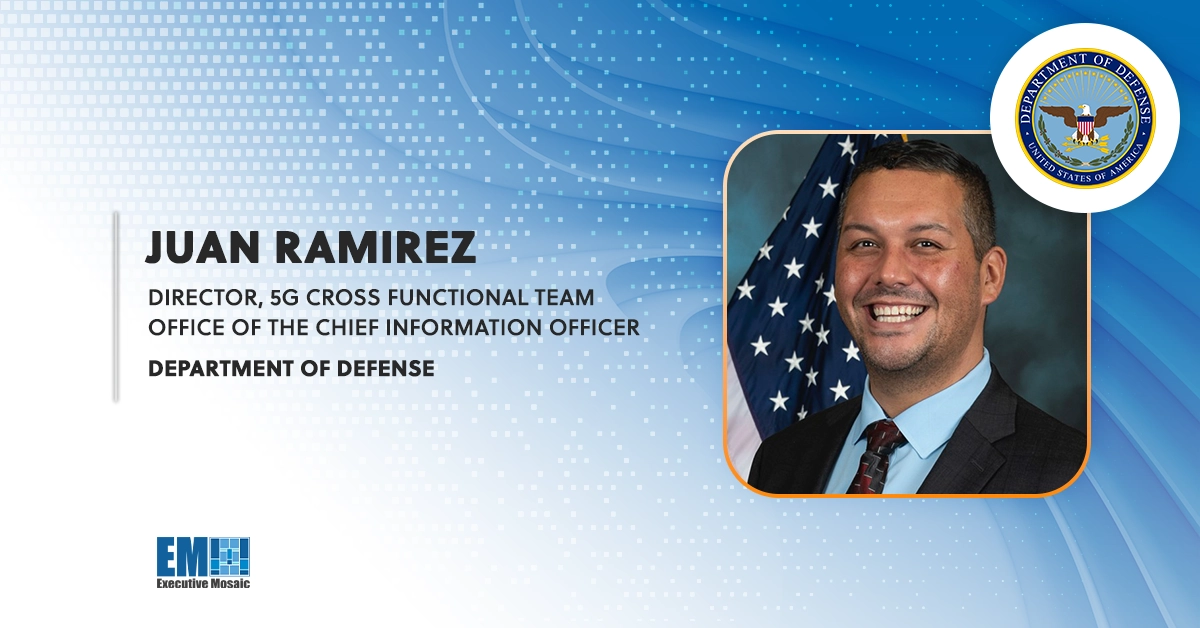 The GovCon services market is entering a new phase of maturity and leaving a part of a nearly five-decade timespan that “might be seen as its teenage years, ” former Sotera Defense Solutions CEO John Hillen wrote in a May 20 guest column for Washington Technology.
The GovCon services market is entering a new phase of maturity and leaving a part of a nearly five-decade timespan that “might be seen as its teenage years, ” former Sotera Defense Solutions CEO John Hillen wrote in a May 20 guest column for Washington Technology.
Hillen,  executive in residence and professor of practice at George Mason University’s School of Management, is charting the GovCon sector’s history and projecting its future in a three-part series for Washington Technology.
To illustrate the industry’s origin and roots of maturation, Hillen traces the sector’s history back to the 1960s, a period that he says saw government expand its responsibilities and footprint and the accelerated development of computer technology.
“I would say if the 70s were the early juvenile years and the 80s were kind of the teenage years of government contracting, I think the 90s and 2000’s is where government contracting went through it’s young adulthood and into its early midlife. It has yet to reach its prime, ” he told ExecutiveBiz last year.
He also points to a former company of his — American Management Systems — that he described as being rooted in a “crazy idea that they could use modern computing power to analyze and solve business problems – in government and commercially.”
AMS was one of “the first truly homegrown Northern Virginia GovCon companies, ” Hillen writes, and indicative of the sector’s early focus on research-and-development work.
—
After the GovCon sector’s youth between the 1980s and 1990s, Hillen writes, the industry saw several events that led to a further maturation with the Cold War having wound down and the government in search of a peace dividend.
The aerospace industry consolidated as the military budget started to shrink but the services sector kept its trajectory and led many aerospace firms to make acquisitions in the services space, Hillen says.
Both the changing budget landscape of the time and other trends led many GovCon firms to seek out state- and local-level work, increase their pushes for business with civilian agencies and even try their hands in commercial and international markets.
According to Hillen, that diversification push beyond the military by contractors was largely unsuccessful but added that “in retrospect all this was good for the industry – and helped it grow up” to a more sophisticated structure.
—
GovCon’s “teenage years, ” as Hillen calls it, were brought about by the Sept. 11, 2001 attacks and brought the role of defense and intelligence back into the mindsets of many U.S. citizens.
Fields such as digital systems, signals processing, data fusion and cybersecurity became increasingly important focus areas for many agencies in order to capitalize on emerging technologies, he says.
The teenage period also saw many private equity firms begin to make investments in the government services market and long-established players plant their headquarters in the Washington, D.C. area — moves that Hillen says confirmed “the centrality of the GovCon services market to their businesses.”
For Hillen’s full analysis and perspective on GovCon’s origins and future prospects, click here to read the first part of his series.





